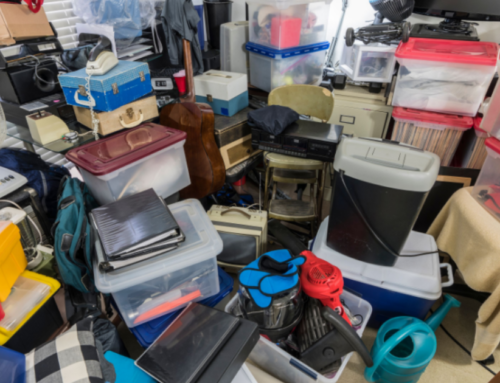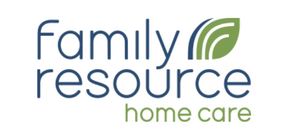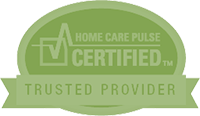Caregiving necessarily involves hands-on touch. Be it a mother caring for a child, a daughter caring for her aging mother, or a professional caregiver caring for a client, providing assistance for someone who cannot help themselves is part of what makes us human and connected with each other. But, as I wrote last month, hands-on or “high touch” caring by one human being for another, especially a frail elder without access to family caregivers, is becoming increasingly hard to come by. With the numbers of elders increasing, family caregivers living more and more at a distance, and changes in the home care industry, high touch caregiving is also becoming more expensive.
At the same time that high touch caregiving is becoming more difficult to provide, technology that can help elders at home is advancing at a rapid rate. When we think of technology, it’s not usually in the realm of helping older adults unless it’s some advanced medical device. But technology does have the potential to help frail elders live independent lives. Consider some of these advances available now:
- A pendant or wrist band which, in addition to containing a traditional “alert” button, has an “accelerometer” which functions as a fall detector and would automatically alert a caregiver, family member, or other trusted individual
- The same pendant or wrist band might contain a GPS to send an alert that the elder may have wandered outside the home
- Tiny sensors placed throughout the house that can detect motion. These sensors can be programmed in multiple ways to detect, for example, how long someone has been in bed or sitting in a chair motionless, the opening or closing of the refrigerator or bathroom door, or if someone has left the house
- Smart medication dispensers that not only remind the user that it is time to take the appropriate medication, but will “nag” someone until the medication is taken, and keep a log
- A “smart home” system that can be operated by voice or touch screen to operate lights and appliances, make telephone calls, monitor security systems, and call for help
In addition to private homes, technology is also applicable in assisted living, retirement, and group homes to help with resident safety.
None of these technologies is a substitute for the care one human being can give another. But they can be both a safety net and a reassurance to families that those unable to fully care for themselves can remain safely at home between caregiving visits. Technology undoubtedly can help elders remain at home longer before having to move to a nursing home or adult family home. And home is where 90% of older adults say they want to live.






